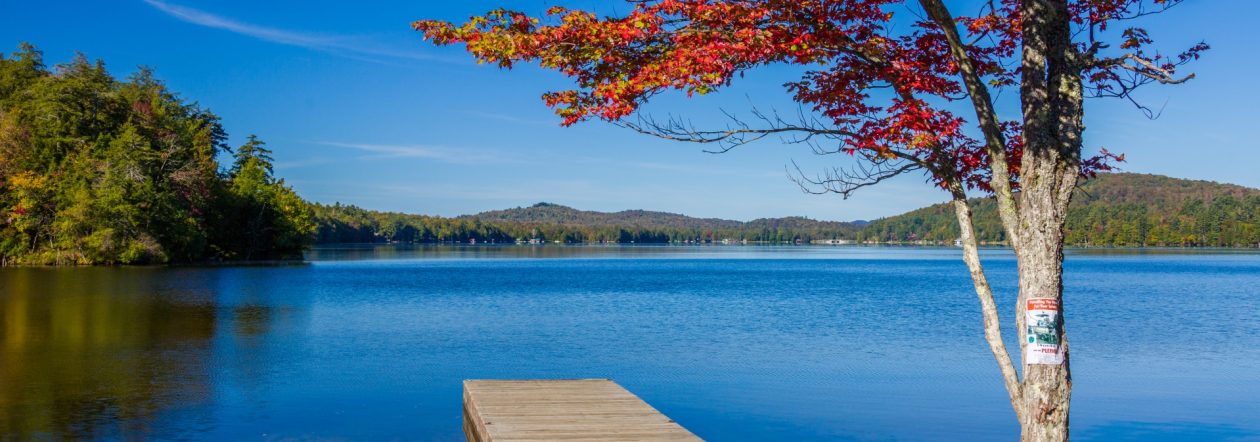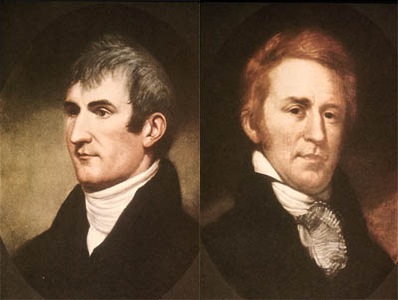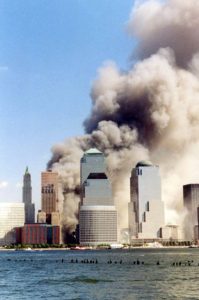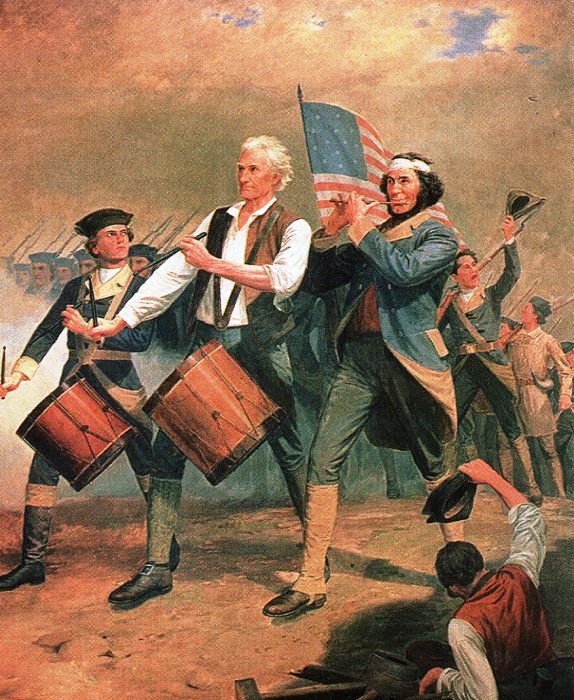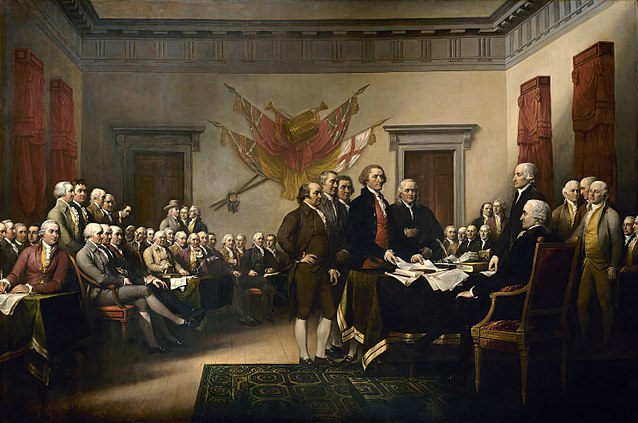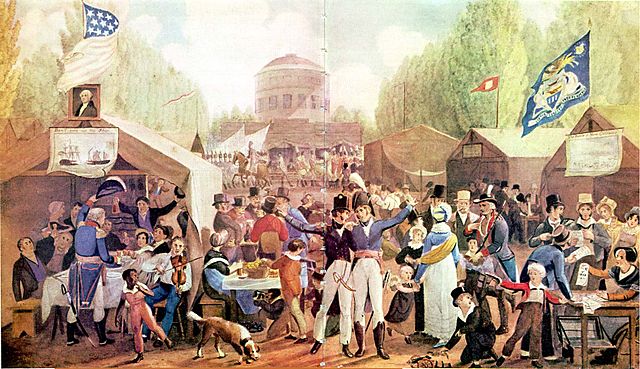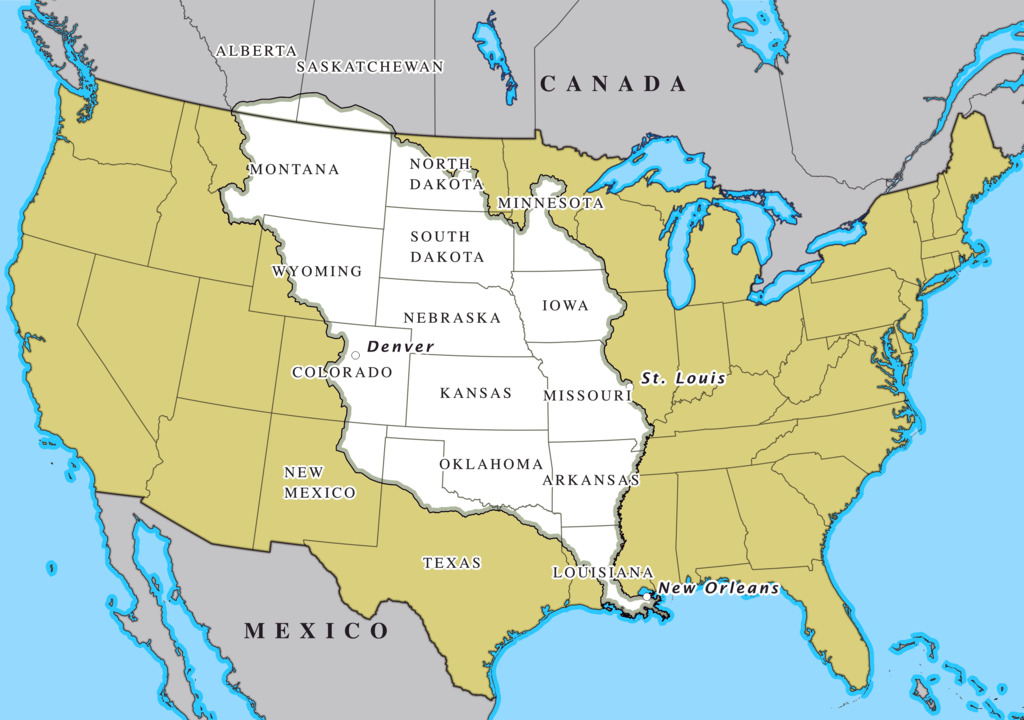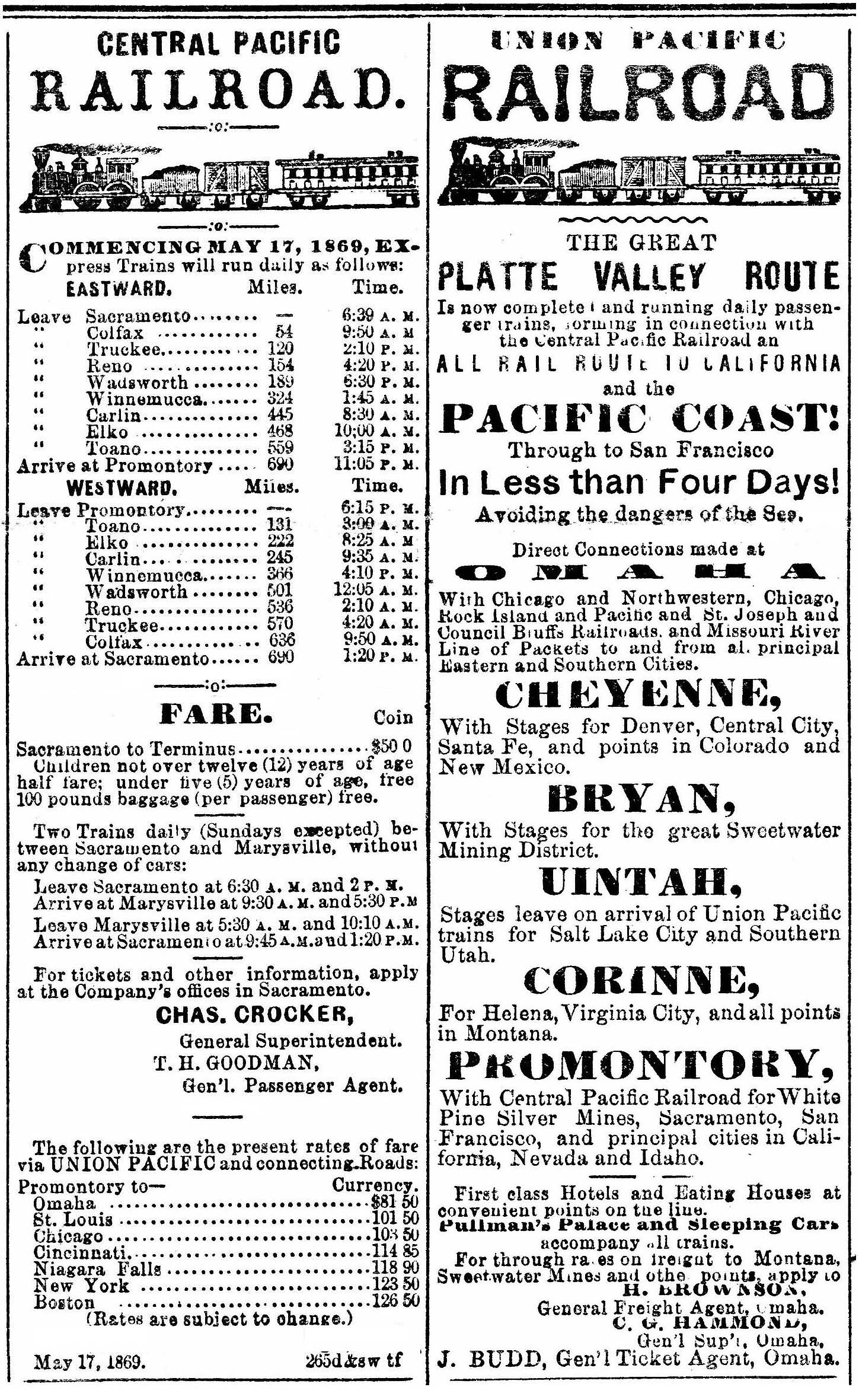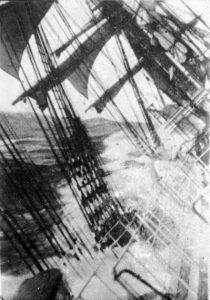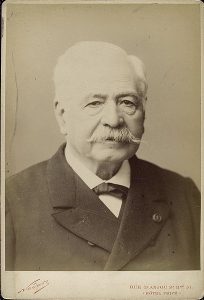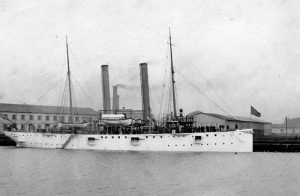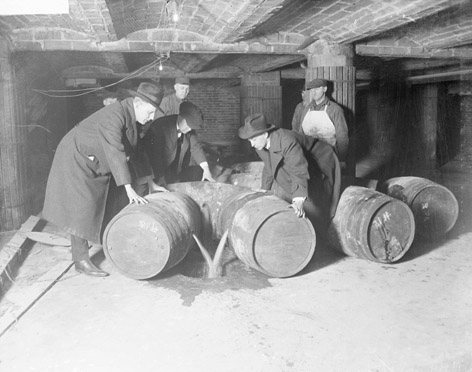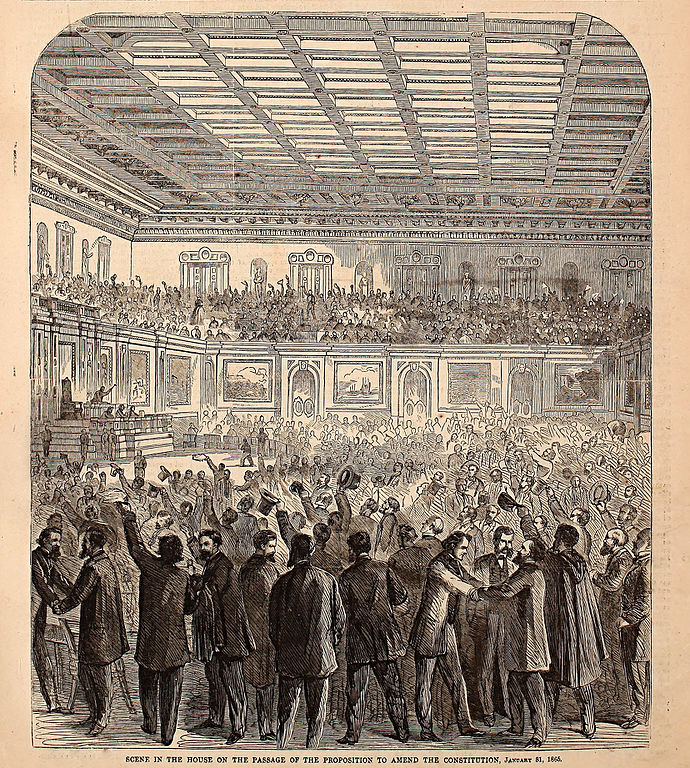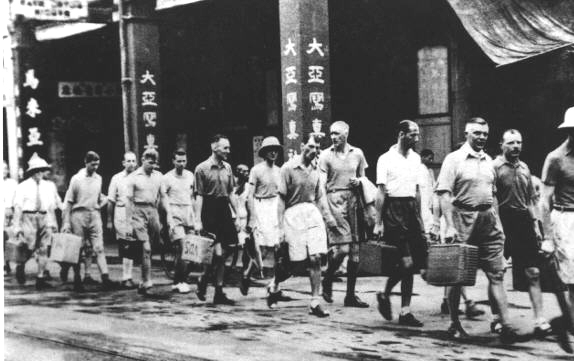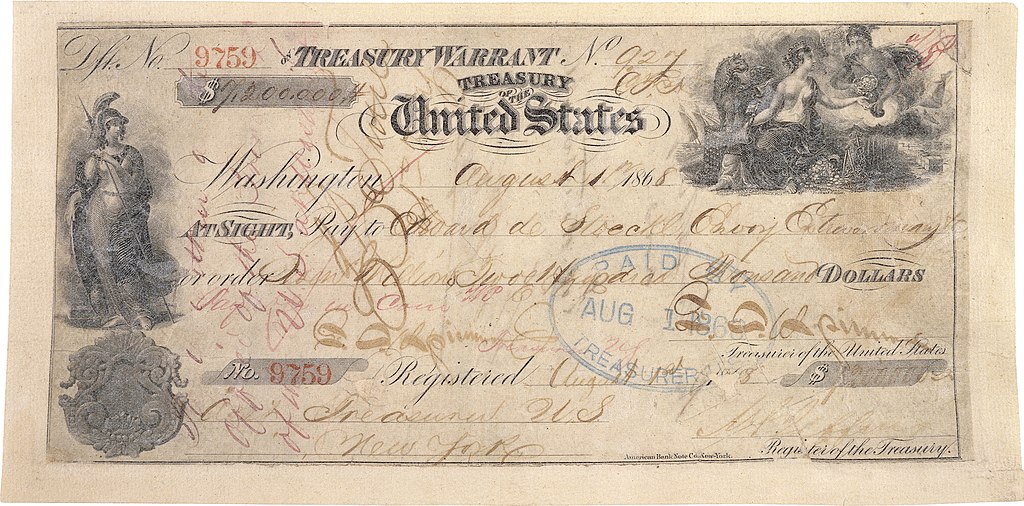
Public Domain
In 1867 the announcement that the United States had purchased Alaska from Russia caused many to scratch their heads and wonder if someone had gone mad in President Andrew Johnson’s administration. Secretary of State William Henry Seward had championed the purchase of the remote land, and it became known as “Seward’s Folly.” The 586,412 square miles were purchased for $7.2 million, a relative bargain of about 2 cents per acre at the time. While many opposed it, others saw it as a positive move in expanding the territory of the United States.
Alaska was remote and few, except explorers mapping the coastline, visited there. The Russians, desiring to expand their fur business in Siberia, first landed in 1732 and by 1739 had established an official presence with the creation of the Russia-American Company (RAC). There was no formal colony, but the Russian Orthodox Church sent missionaries to convert the native population living there. The land itself was twice the size of Texas and ended up being controlled by 700 Russians. Worried about both Britain and the United States trying to lay a claim, Tsar Alexander I in 1821 issued an edict declaring Russian sovereignty over the territory. The edict also forbade foreign ships to approach their territory which resulted in the US Secretary of State John Quincy Adams protesting it. The tensions were soothed by the Russo-American Treaty of 1824 where Russia limited its claim to lands north of parallel 54 and opened Russian ports to U.S. ships.
Two events would cause Russia problems for Alaska. One was that the hunting of sea otters had resulted in the near extinction of the species reducing drastically Russia’s income from it. Down in California the discovery of gold brought thousands of Americans in such numbers that they took it from Mexico. With a dwindled treasury after losing the Crimea War to Britain and France, Alaska being remote was hard to defend. And they were concerned the British might try and seize it at some point as well. When the Czar’s own brother began to note it was too remote to protect, it was decided to negotiate with the U.S. about purchasing it from them. Talks began in the 1850’s, but as the American Civil War began, talks stopped. Seward, who acted as Secretary of State in both the Lincoln and Johnson administrations, was all in favor of getting Alaska.
The conclusion of the Civil War saw talks resume in secret. Czar Alexander II gave his authorization to negotiate the sale. Negotiations started in early March 1867 and were concluded on March 30. The agreement called for $7.2 million to be paid in gold. Aside from the remoteness of Alaska, Russia struck the deal to get back at Britain. With the U.S. at the 49th parallel and in Alaska, it hemmed them in and prevented them from using Alaska as an outpost to be used against them. Seward had to hold numerous dinners to sway members of the U.S. Senate, which had final say on any treaty, as to the merits of the deal. Many were swayed that it opened new opportunities to expand the country and exploit the resources it had (except the snow of course). Others lampooned the purchase and called it “Seward’s Folly” or “Seward’s icebox.” The name Seward’s Folly still exists to this day though its original meaning turned out to be unfounded.
Those who studied the accounts of explorers (like Senator Charles Sumner) realized that Alaska had a lot of untapped resources that would be valuable for the country. Others saw Alaska as important in the growing Asian trade. The population of Alaska was divided perhaps into two categories-Russians who lived in the trading posts and the native peoples-with around a total population of 10,000 (about 2,500 Russians and the rest the native peoples). There were also many of mixed Russian and Native Alaskan blood as well.
Some earlier histories report that most American were not in support of the purchase, but that turns out to be mostly inaccurate. The sensational accounts written in newspapers decrying the purchase probably stuck in people’s memory and got passed on. And if you just looked at certain newspapers, you might come away with the view that the purchase was very unpopular indeed. However, that was not the case. In many cases it was both cautiousness and skepticism that was at play. While some U.S. senators were unsure, most came around and it passed the senate on a 37-2 vote ratifying the treaty and the purchase of the land. Russia had called it Alyaska but American chose to call it Alaska from an Aleutword alashka meaning great land or mainland.
President Johnson appointed General Lovell H. Rousseau to oversee the transfer of power. He left New York on 31 August 1867, crossed by land over Panama and then up to San Francisco (remember the transcontinental railroad was not completed till 1869). There with ships loaded with troops and supplies, he headed up to Alaska on a slow voyage to Sitka. Sitka waw the only sizeable Russian town in Alaska. He arrived on 18 October. The transfer went smoothly from all accounts. The Russian flag came down with American and Russian troops present along with representatives of the native peoples. Russian troops then departed and any Russians who decided to stay could become American citizens.
Back later in Washington though, a firestorm was taking place. President Johnson had been impeached in 1868 (but survived being removed in the senate by one vote) and Republicans in the House of Representatives refused to allocate the money to pay Russia. Finally in July 1868, after Johnson lost the Democratic party nomination for president, the money was allocated. However, it would be learned through a congressional investigation of corruption in the allocation of the $7.2 million in gold. Edouard de Stoeckl, the Russian minister to the United States, had bribed lobbyists and journalists to push for the allocation. A much later review of notes from President Johnson and Seward indicated that they were also aware money had been used to bribe members of Congress as well. The scandal tainted the whole process, but the sale had been done. And Seward headed to Alaska after leaving government in 1869 touring Sitka, meeting the inhabitants, and even being briefed the land was destined to become a state and a tourist attraction.
Aftermath
Most Russians would head back home as they found living there was not for them. The U.S. Army was officially in charge (and would be till 1877) and it was more like a frontier town than a settlement. Many did come and open up businesses in Alaska. Alas many who came with big dreams realized it would require a lot of capital since all your needed supplies would likely have to be shipped in meaning long delays in getting started. So many who came left back for home where they could start a similar business far cheaply. However, when gold was discovered, it spawned the Klondike Rush of 1896 as thousands came to Alaska to find the precious mineral. It was then Alaska was seen as something important to the whole U.S. and would spark a lot of people developing the resources of Alaska to its fullest. The influx of people meant big money was going to be invested in all kinds of businesses, namely mining at first, and Alaska became a popular place to be.
Alaska would become a territory and later a district (though it would formally be called a territory of the United States). A civilian government replaced both the Army and various other federal departments that for a time ruled Alaska. It would remain a territory until admitted as a state on 3 January 1959. Alaska Day, a day to commemorate the official transfer from Russia to the United States, is a state holiday on 18 October. The folly, it seems, became golden in the end and today is considered an important state rather than the icebox once some that it would be.
Sources
“U.S. Takes Possession of Alaska.” HISTORY, 24 Nov. 2009, www.history.com/this-day-in-history/u-s-takes-possession-of-alaska
“Why the Purchase of Alaska Was Far From ‘Folly’” HISTORY, Mar. 2020, www.history.com/news/why-the-purchase-of-alaska-was-far-from-folly
“Alaska Purchase | History, Cost, and Significance.” Encyclopedia Britannica, 12 Sept. 2023, www.britannica.com/event/Alaska-Purchase
